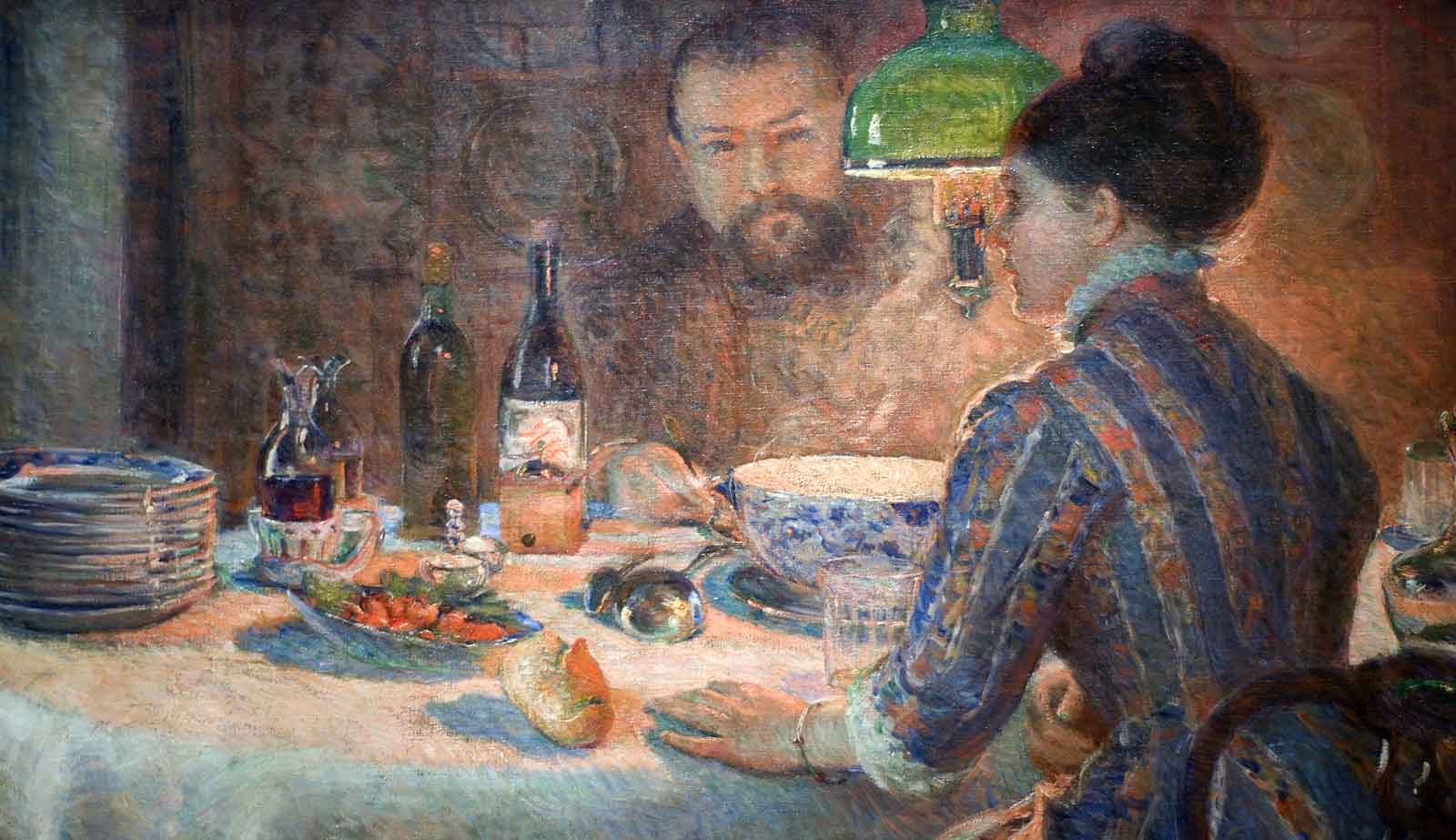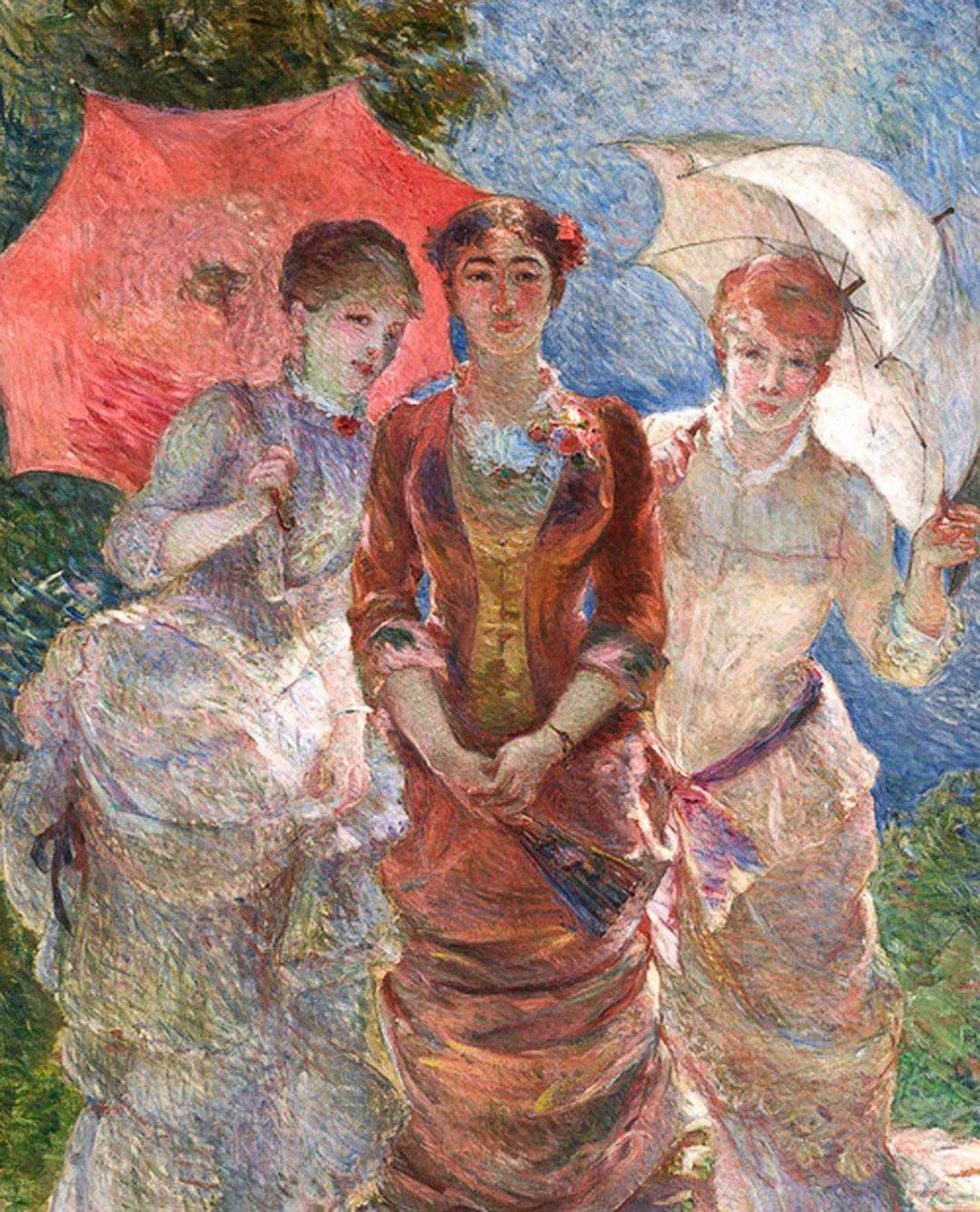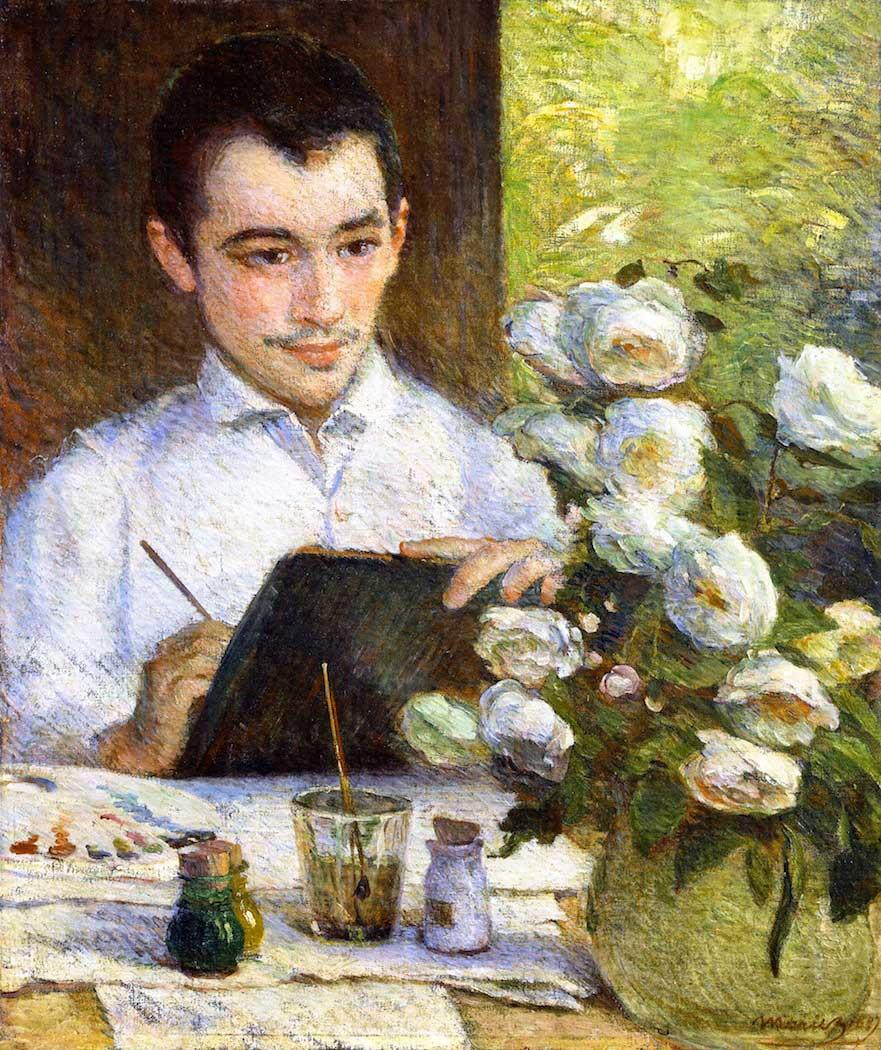In 1928, art historian Henri Focillon famously recalled “les trois grandes dames” (“the three great ladies”) of Impressionism: Mary Cassatt, Berthe Morisot, and Marie Bracquemond. Two thirds of this list is unsurprising: Mary Cassatt and Berthe Morisot have been—though not without delay or limitations—recognized as key figures in the impressionist movement. In 2018, they were both the subjects of major solo retrospectives (Mary Cassatt at the Musée Jacquemart-André in Paris and Berthe Morisot at the Barnes Foundation in Philadelphia). But Marie Bracquemond? The name commands no such brand recognition.
Despite semi-regular efforts to shed light on the artist once referred to as “one of the most intelligent pupils in Ingres’ studio,” Marie Bracquemond’s life and work remain largely overlooked by the non-art-historical community (and even by some within). Though Bracquemond featured prominently in the national tour of the 2017 exhibition Women Artists in Paris 1850-1900, Elizabeth Kane’s aptly titled 1983 article “The Artist Time Forgot” still feels, well, aptly titled.
As a multifaceted, talented artist, Bracquemond deserves the acknowledgement that art historians have only recently accorded her. So why hasn’t it caught on? Over the past century, her lack of legacy has been variously attributed to her husband, her health, her own apathy—but the reason realistically and probably lies within the system in which she painted and produced. Patriarchal structures defined her personal and professional life, the kind that Linda Nochlin identified in her landmark 1971 essay “Why have there been no great women artists?”
Bracquemond’s story has all the makings of a memorable struggle-against-the-odds. Marie Anne Caroline Quivoron-Pasquiou was born on December 1, 1840 in Argenton-en-Landunvez, France. Where Morisot’s family was thoroughly bourgeois and Cassatt’s, affluent and cultured, Quivoron-Pasquiou grew up working-class. Her father, a sea captain, died early in her childhood, and, when her mother remarried, Quivoron-Pasquiou was constantly uprooted, living in numerous cities between Switzerland and France.
Quivoron-Pasquiou’s first painting attempt has been traced to a birthday present for her mother, wherein she created her own pigments, using crushed flowers. She eventually insisted on painting lessons and, though she would never receive formal training, worked with M. Wasser, an art restorer, who gave her lessons while she was living in Étampes.

































